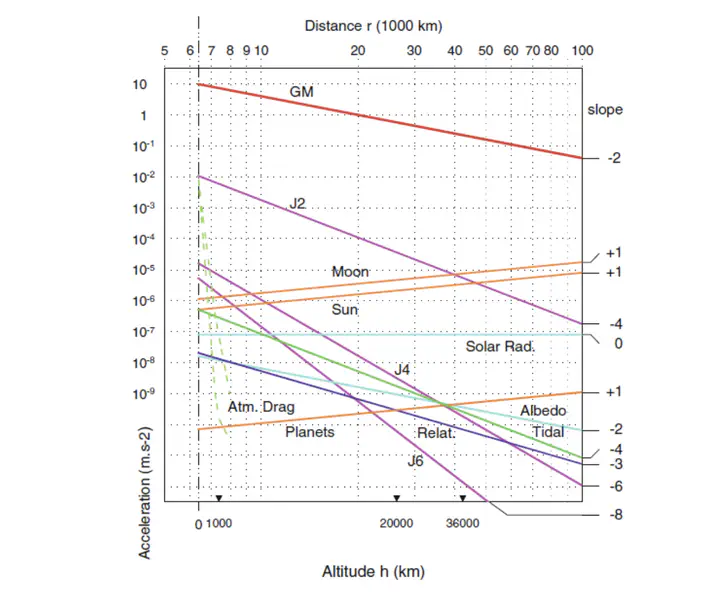Prediction of Long Term Evolution of Satellite Orbit

This project explores the complexities of satellite orbit prediction over long periods. The methodology is built around the development of a C++ program that accurately simulates satellite trajectories. The program incorporates a sophisticated force model that accounts for various gravitational and environmental forces, including those from Earth, the Sun, and the Moon, as well as atmospheric drag and solar radiation pressure.
The approach taken in this project emphasizes the use of multiple coordinate frames, such as Earth-Centered Inertial (ECI) and Earth-Centered Earth-Fixed (ECEF), to ensure precise calculations of the satellite’s position and velocity. This precision is critical for understanding the satellite’s long-term orbital evolution and for making reliable predictions. The study also delves into the significance of minor forces, like Earth’s tides and relativistic effects, which, although less significant, play a role in the satellite’s orbital dynamics over extended periods.
To achieve accuracy in orbit prediction, the project utilizes the Runge-Kutta-Fehlberg 4(5) method, a numerical integrator known for its balance between computational efficiency and precision. The use of adaptive step size in the integrator further enhances the model’s ability to handle complex orbital dynamics. Additionally, the project leverages NASA’s CSPICE toolkit for accessing ephemeris data and frame conversions, ensuring the reliability and scientific rigor of the simulation results. This comprehensive methodology and the use of advanced tools underscore the project’s commitment to delivering precise and reliable satellite orbit predictions.